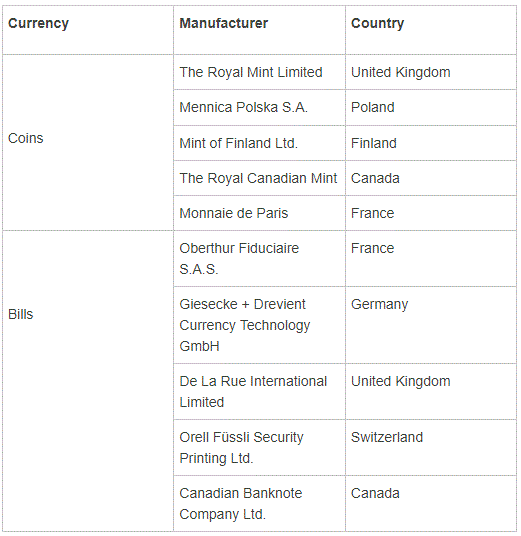The colón (plural: colones) is the currency of Costa Rica. It was named after Christopher Columbus, known as Cristóbal Colón in Spanish.
The history of paper money in Costa Rica dates back to 1839, when then Head of State Braulio Carrillo authorized the issuance of 30.000 pesos, in notes of 5 and 10 pesos, to facilitate payment to public employees. Hence the first stage of the history of paper money in the country started, linked to the need for an instrument for exchange and remuneration, and due to a shortage of metal coins at that time.
Named as Banco Nacional Costarricense, the first bank in the country was founded in 1858. This bank issued banknotes of 1,2,10 and 20 pesos, series A and B. A second stage thus started with this institution in terms of paper money issuing, as banks started to have a need for coins.
With the 1896 monetary reform, the colón was established as official currency, while the 1900 Banking Law empowered all banks with a capital worth one million colones to issue banknotes.
In 1914 the Banco International was established as the Government’s issuing bank. In 1921 this bank was designated as the sole issuer, thereby disempowering all other private banks to issue banknotes. In 1936 this bank underwent a reform and was renamed as Banco Nacional de Costa Rica, where an Issuing Division was created.
In 1950 The Central Bank of Costa Rica was established as the only institution authorized to issue currency. In 1951 the Central Bank started in fact issuing currency based on Banco Nacional’s formulas but with the labels “Banco Central de Costa Rica”, “SerieProvisional”.
Manufacturers of bills and coins

Source: Banco Central de Costa Rica